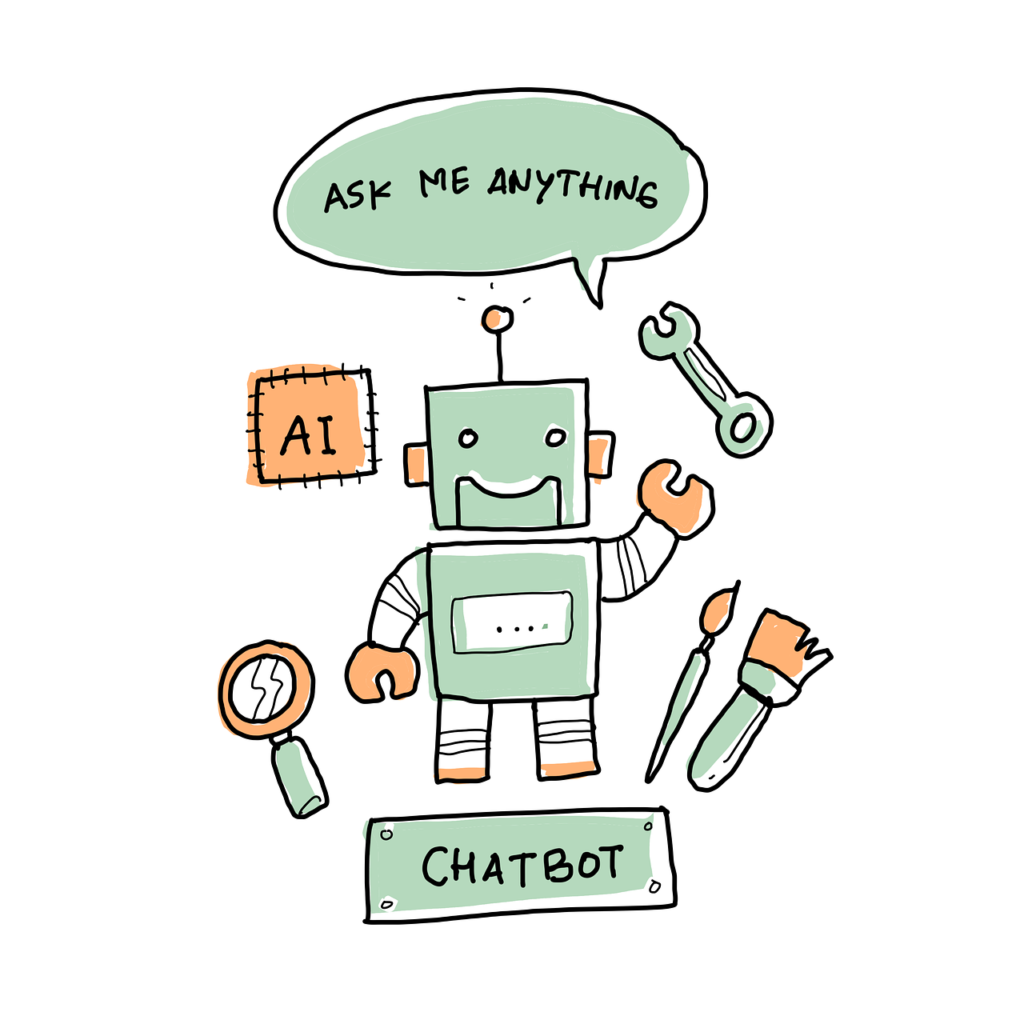Businesses need to keep their workers informed more than ever, but emails go unread, bulletin board messages are missed and town halls rarely suit everyone’s schedule.
Having a chatbot that can answer queries at anytime is an increasingly popular option of keeping staff, customers, vertical or industry workers informed,
The Coronavirus outbreak has seen everyone need to know some basic information, but in the way of the modern world, misinformation spreads just as easily, and people hear different things from various sources.
To that end, businesses and organizations are using chatbots to help spread good advice, while AI can limit the spread of fake news.
Hospitals and doctors are using bots to create contact points with people who can’t get through on the phone or other methods.
And, once the latest virus dies down, companies will have seen these reactions, and noted changes in the need to spread vital or useful information quickly, and the various ways of doing so in the 21st century.
And for business travelers, the likes of BeBot is helping in Japan where language can be a problem, outside of the usual office channels.
Rise Of The In-House Chatbot
Chatbots are proving one of the best ways of both attracting attention and spreading information. With information comes questions, and better a bot to answer those than tying up someone for the business.

The larger the company, the more benefit there is, but even small, distributed businesses can use bots to keep everyone informed, rather than relying on word of mouth.
From employment legal advice like this New Zealand bot, to in-house bots for human resources, office collaboration, technical support among other uses.
Bots can be added to intranets, for Facebook for Messenger or other collaboration tools to encourage regular use, and to save time within teams or departments.
There should always be a point of contact made available if the bot cannot answer a particular question. Bot creators should also be aware that creating a bot can create more questions than you it can initially answer, take for example of legal firms creating their own internal chatbots.
Some feedback on their creation includes:
- “The easy part of it was the technology, the hard part of it was getting everyone to agree this is the single source of truth.”
- … how relatively easy and quick it was to develop a chatbot, he added that filling it with useful content was a whole other affair. “Gathering the questions and answers, that’s a multiyear ongoing process.”
- Francine French, lead e-discovery Manager GSK, also ran into the same challenge with her company’s development of an internal chatbot. “The hardest [thing is] keeping up with the questions and answers and new feedback.”
Building A Digital Business Inside And Out
Many companies are looking to “go digital” with internal smart cloud services and tools, or moving their customers to an all-digital approach. That’s why so many banks, airlines and similar industries all offer chatbots among their apps and services.
However, to really understand the benefits of a bot, the business needs to by trying one or more out themselves for internal use.
As clarified by a Scandinavian insurer in a recent marketing article, “One of the points we looked at was if we were to have to go digital externally, we should also look at doing the same internally, so the mindset of being digital sets in from bottom-up,” explained Benjamin Alex of Tryg.
“One of the biggest things that we wanted to test was the front office department, that we have because that’s where a lot of resources are involved.
So, we wanted to see if we could do something there that would benefit us in bandwidth, cost-saving, and digitalization. That’s why we went ahead and tried the first chatbot.”
Not only does this help the business better understand how to use bots, it reduces the friction of their deployment around a company, encourages people to better understand the technology and ask what else they can apply AI or bot technology to.
They can also get people pointing out shortfalls, errors or problems, something that external customers might just walk away from.
As the business world becomes more automated generally, like Ikea’s meatball tracking chatbot, bots can help companies in all sorts of areas, from passing out the latest medical or travel advice for fast-flying executives, telling people how to handle a tricky consumer/customer issue (like the recent Facebook bot managed, to some extent.) as well as the usual stuff like on-boarding, pension queries or helping share knowledge bases.